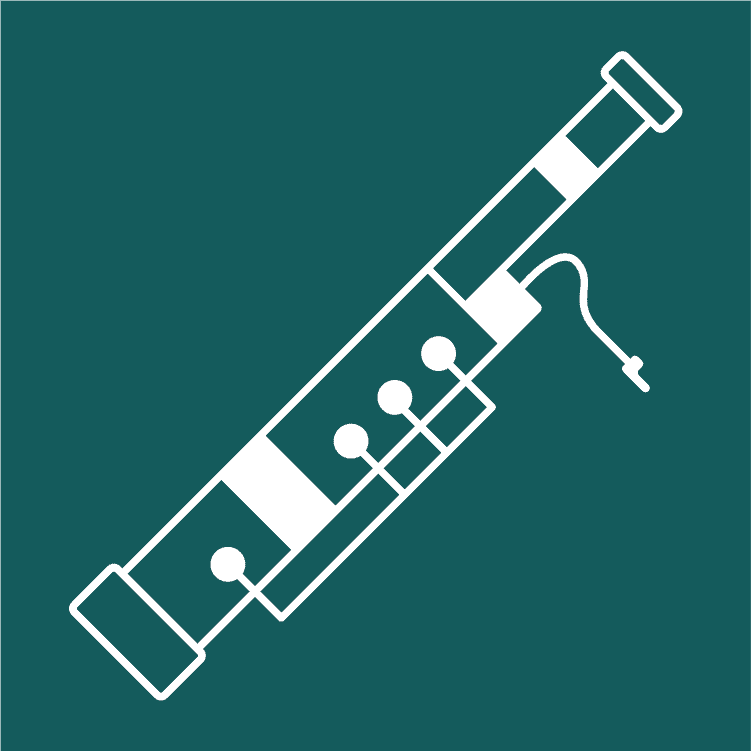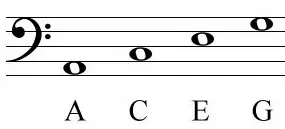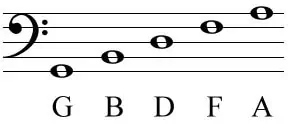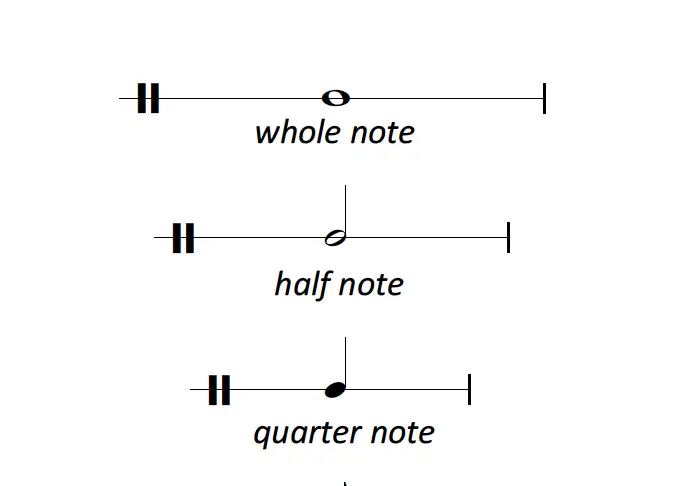how to Read Bassoon Sheet Music
Reading bassoon sheet music isn't as difficult as you think

Grasping the art of reading music differs quite a bit from playing the bassoon itself. The Beginner’s Guide To Learning The Bassoon series offers this special bit full of details to help kick-start your journey into mastering this fantastic skill.
What Is Musical Notation?
Music is a language; and like any language, it has a written variety. Notation allows musicians throughout the world a tool to communicate. A composer writes their piece with precise symbols, and if you can read music, it is possible to comprehend it, decipher it, and ultimately play it.
Examples of very early notation have been found on tablets dating back as far as 2000 BC. Modern’ staff notation’, the strategy we now use, was designed by Catholic monks to standardise church music.

Why Bother Learning How To Read Music?
Let’s be totally frank. Understanding how to read music is really a hard thing to do.
Some outstanding music artists never learned, and there are popular methods that include playing by ear, or by using chord patterns, that ultimately don’t require written music.
It is possible to absolutely go down this path if you choose. Just realize that like riding a bicycle, reading music is a skill you always remember – and the benefits massively outnumber the disadvantages.
When You Learnt To Read And Write...
When you were learning how to read and write, did your instructor treat them as the exact same task? Almost certainly not. Physically writing letters and understanding how to control a pen, is a different skill set than reading how unique characters join together to make a word.
The whole process of learning to read music is actually similar.
Playing the bassoon is really a radically different skill from reading the sheet music before you. A lot of badly skilled teachers attempt to teach the two of these aspects together – but the truth is know better! Learn them as individual skills that overlap. Doing this you’ll be successful more quickly.
Know The Basic Principles Of Musical Scores
The Bass Clef Staff
For bassoon, staff notation is organized around something called the bass staff. This consists of a stave (the name for the lines) of five lines and 4 spaces. It is usually marked using a bass clef (the thing at the beginning of the line that looks like a backwards C)!
Middle C lies in the space at the very top of the stave, on an imaginary line.
Notes can sit on a line or in a space. The vertical location (height) of the note specifies the pitch. The higher up the stave, the higher the pitch. In the event the note needs to move higher or below the stave lines, we add mini lines for any note that is higher or lower. Those lines are known as ledger lines.

The notes
In order to avoid counting down from middle C each time, we can take advantage of memory aids to recognise the notes. The four spaces of the bass staff read the phrase “All Cows Eat Grass”.

The five lines of the bass staff are GBDFA. The acronyms that happen to be well-known are usually “Good Boys Do Fine Always” or “Great Big Dragons Fly Around.” We personally think these are pretty rubbish, and it’s a great deal more fun to make up your own!

And simply for an overall view, this is actually the full Bass Clef Staff, with all notes…

Tell Me About The Duration Of Notes
When reading through music, all of us read from left to right. And now we understand what situation on the stave makes what note, we must have another instruction from the printed symbol. We need to understand how long to hold the note for.
The general shape of the note and if it’s filled in, informs us the length of time to hold the note for.
- A whole note (or if you are in the UK, it’s called a Semibreve) is an empty circle and lasts four counts.
- A half note (or if you are in the UK, it’s called a Minim) adds a stem and lasts two counts.
- A quarter note (or if you are in the UK, it’s called a Crotchet) fills in the circle and lasts one count.


How To Read Bassoon Sheet Music - Summary
Was it as tough as you believed?
You have the details, now go and practice what you’ve discovered! What’s that old saying about taking a horse to water, but you can’t make it drink…
Not surprisingly, there exists a large amount of information that I haven’t given you yet – but it’s all about managing the information to never overwhelm you. Whenever you might be confident using these details, you’ll naturally find out a lot more…
About the Author
Sarah Nixon
Sarah Nixon was born in Reading in 1978. Originally a flute player, she went on to learn bassoon at The Royal Northern College of Music. Since graduating she has been pursuing a busy and varied freelance performing career. In addition to playing frequently with some of the country’s top orchestras, including a trial period for the position of Principal Contra Bassoon with the BBC Philharmonic Orchestra, Sarah’s musical interests are diverse, and she is passionate about teaching.
Other posts by this author
Explore These Thrilling Things
As regular as I fall asleep watching the news, I send out an email to you with the four most amazing things that you absolutely have to know about.
Provided that it includes something connected with music, it can land in the e-mail. Think of it as a musical pandora’s box!
You’ll only get to view the once a week email if you join listed below. And we also promise to never, ever spam.
Read the next post in this series:




